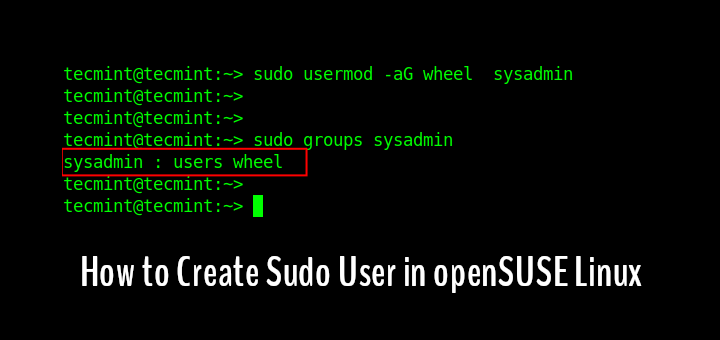
Note: nvidia-docker v2 uses -runtime=nvidia instead of -gpus all. See the nvidia-container-runtime platform support FAQĭocker run -gpus all -rm nvidia/cuda nvidia-smi nvidia-container-runtime is onlyĪvailable for Linux. (the NVIDIA® CUDA® Toolkit is not required). It's usually best to edit files on the host system.ĭocker run -it -p 8888:8888 tensorflow/tensorflow:nightly-jupyterįollow the instructions and open the URL in your host web browser:ĭocker is the easiest way to run TensorFlow on a GPU since the host machine Permission issues can arise when files created within a container are exposed to Mount the host directory and change the container's working directoryĭocker run -it -rm -v $PWD:/tmp -w /tmp tensorflow/tensorflow python. To run a TensorFlow program developed on the host machine within a container, Within the container, you can start a python session and import TensorFlow. Session within a TensorFlow-configured container:ĭocker run -it tensorflow/tensorflow bash Let's demonstrate some more TensorFlow Docker recipes. Python -c "import tensorflow as tf print(tf.reduce_sum(tf.random.normal()))" Dockerĭownloads a new TensorFlow image the first time it is run:ĭocker run -it -rm tensorflow/tensorflow \ Let's verify the TensorFlow installation using the latest tagged image. To start a TensorFlow-configured container, use the following command form:ĭocker run tensorflow/tensorflow įor details, see the docker run reference. TensorFlow release images to your machine: docker pull tensorflow/tensorflow # latest stable release docker pull tensorflow/tensorflow:devel-gpu # nightly dev release w/ GPU support docker pull tensorflow/tensorflow:latest-gpu-jupyter # latest release w/ GPU support and Jupyter Start a TensorFlow Docker container The specified tag release with Jupyter (includes TensorFlow tutorial notebooks) The specified tag release with GPU support. More info here.Įach base tag has variants that add or change functionality: Tag Variants Special experimental image for developing TF custom ops.

Nightly builds of a TensorFlow master development environment. Specify the version of the TensorFlow binary image, for example: 2.1.0 The latest release of TensorFlow CPU binary image. The official TensorFlow Docker images are located in theĭocker Hub repository. Note: To run the docker command without sudo, create the docker group and Both options are documented on the page linked above. On versions including and after 19.03, you will use the nvidia-container-toolkit package and the -gpus all flag. Versions earlier than 19.03 require nvidia-docker2 and the -runtime=nvidia flag. Take note of your Docker version with docker -v.


DOCKER SUDO INSTALL
DOCKER SUDO CODE
The code below performs a basic arithmetic operation that results in a value of 10.Create virtual environments that isolate a TensorFlow installation from the rest Create a file for your project named Dockerfile, and paste the code below into the newly created Dockerfile. You’ll build a basic arithmetic solution as a sample Docker application via a command-line environment.ġ.
DOCKER SUDO HOW TO
Related: How to Install and Use Docker on Ubuntu (In the Real World) Building a Base Docker Applicationīefore jumping to exporting or saving Docker containers and images, you first need to build an application you’ll use for sharing purposes. Any Docker compatible operating system, Ubuntu is used in this tutorial.Docker Desktop or Engine installed as version 20.10.7 is used in this tutorial.If you’d like to follow along, be sure you have the following: This tutorial will be a hands-on demonstration.


 0 kommentar(er)
0 kommentar(er)
